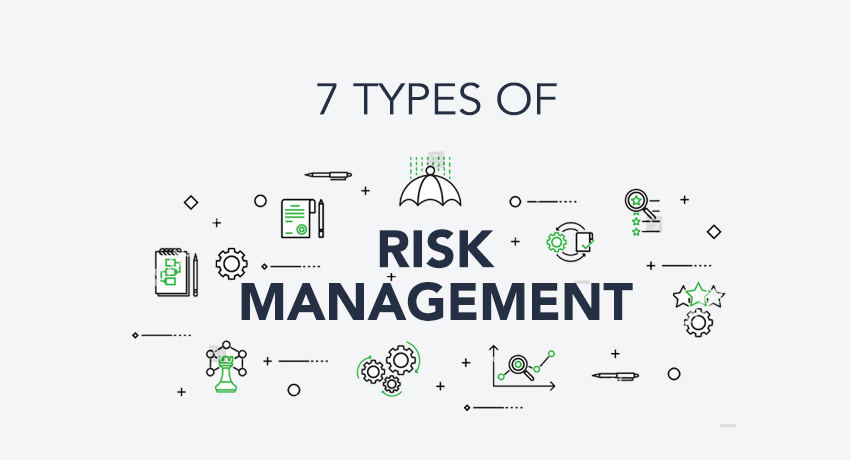The COVID-19 pandemic has caused major disruptions in banking operations. Consumers have become more demanding and so, risk management must be robust. According to leading banking professionals participating in the Deloitte Banking Risk & Regulatory Academy, financial institutions must focus more on credit risk management. The banking structure must restructure and be prepared for forbearance.
Apart from commonly known risk management strategies, leading banks also focus on Environmental, Social, and Governance (ESG) by improving data management strategies and analytics. Moving to the cloud is the next inevitable step to navigating complex risks and ever-changing regulatory requirements.
Types Of Risk Management
Risk in the banking sector refers to unplanned incidents with major financial consequences, such as reduced or lost earnings. Risk management involves establishing a series of protocols and multi-step procedures that can precisely and accurately mitigate risks. Risk management planning should help financial institutions to recognise threats, assess the damage, and take control measures to prevent risk and minimise the damage.

1. Liquidity Risk Management
Banks must safeguard long-term asset funding using short-term liabilities. Funding risk for banks increases when the net outflows increases. This can be due to the non-renewal of different types of retail and wholesale deposits or unexpected withdrawals. Funding institutions must also be prepared to deal with time risk when the expected fund inflows are delayed. Risk management is essential when the non-performing assets increase. Call risk happens when contingent liabilities crystallise, and no viable business opportunities are available.
2. Interest Rate Risk Management
Determining the right interest rate that is beneficial for the banks and also for the customers is always challenging. NBFCs that offer lower interest rates to beat the competition must be careful because the adjustments must not result in reduced Market Value of Equity (MVE). The interest rate risks can affect the banks’ earnings and the economic value of the off-balance sheet.
3. Market Risk Management
Market fluctuations can lead to market risk when the mark-to-market value of trading portfolios goes down. Also called price risk, the market risk can dramatically increase when the transactions have to be liquidated. Different factors, such as volatility in commodities, equities, currencies, and interest rates, can influence market risks.
4. Credit Risk Management
As NBFCs try to capture market share by disbursing more loans to underserved markets, their credit risk increases dramatically. The NPA level of the Indian banking system is high. When the borrowers fail to fulfil their obligations, the counterparty risk and country risk for banks increase. Loan portfolio management and detailed evaluation of borrowers are crucial to managing credit risks.
5. Operational Risk Management
Banks risk a huge financial loss when internal processes and systems fail. Global financial links have increased as the banking and financial sector adopt automation. As a result, the potential for operational risks also increases. Transaction risk can result in failure in business continuity. Compliance risk can affect the integrity and credibility of banks.
6. ESG Risk Management
ESG risk is the new age risk for financial institutions as they have to comply with inclusion and diversity policies. The pressure from multiple governments to contribute to climate change policies also affects investment value for the banks. Proactive risk management using models that integrate ESG and climate data must be used.
7. Reputational Risk Management
In the highly competitive banking sector, reputational risk can result in a loss of trust by customers and stakeholders. This risk can be caused by poor customer service, corruption, and fraud. Banks can prevent class-action lawsuits and other punitive damages with proper reputational risk management.
Mitigate Risks With Risk Management Framework
Banks and financial institutions must build a robust and scalable risk management model. The framework should include all risk parameters with adequate risk grading. The framework should be updated continuously based on updated risk tolerance levels. The model risk management framework must be built into banking operations for effective risk mitigation.
